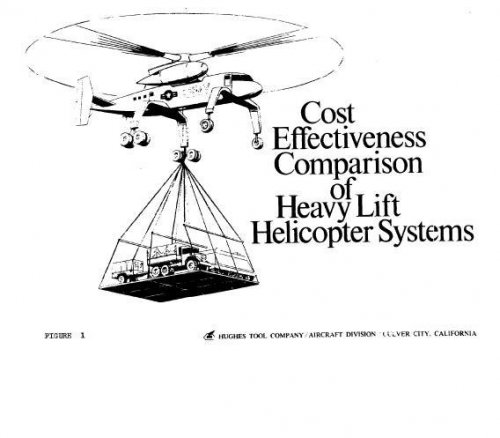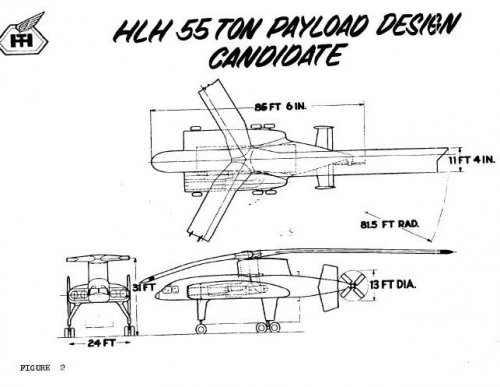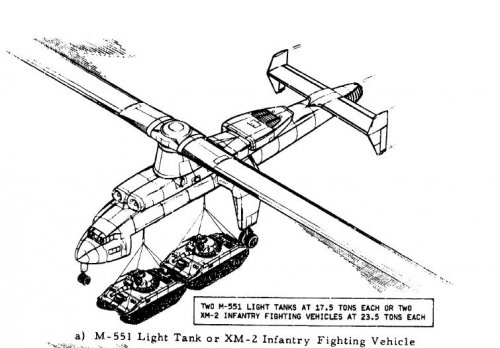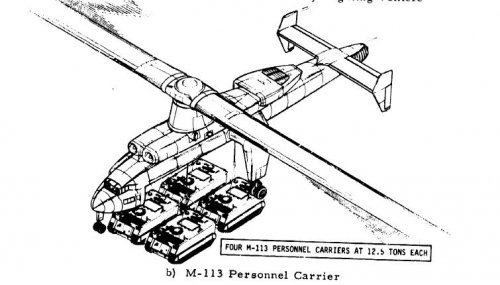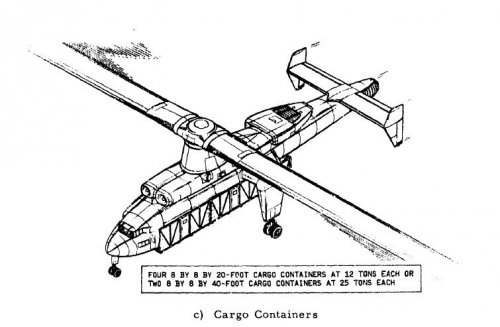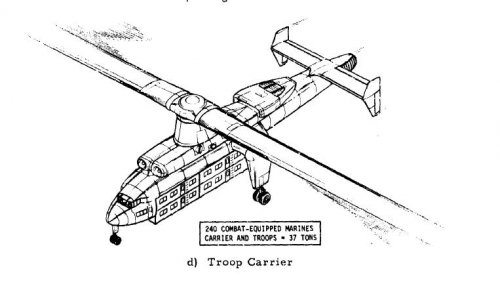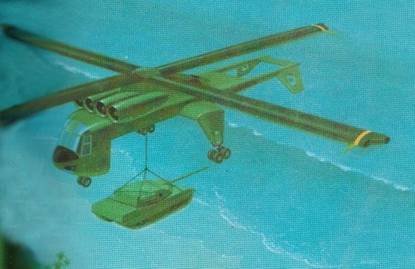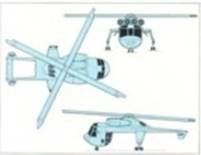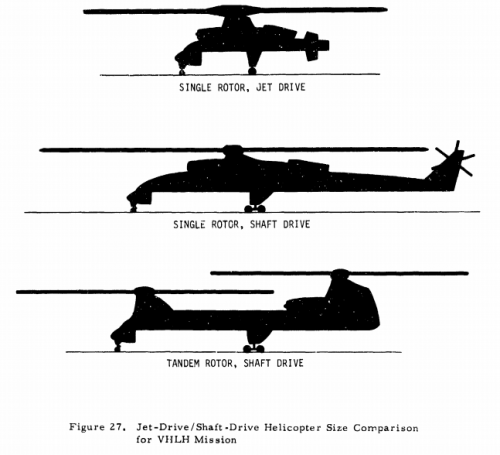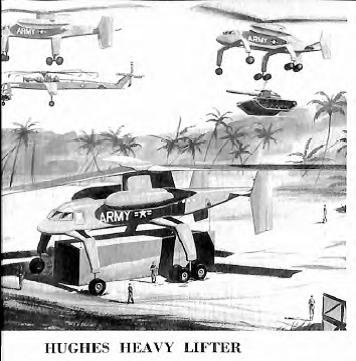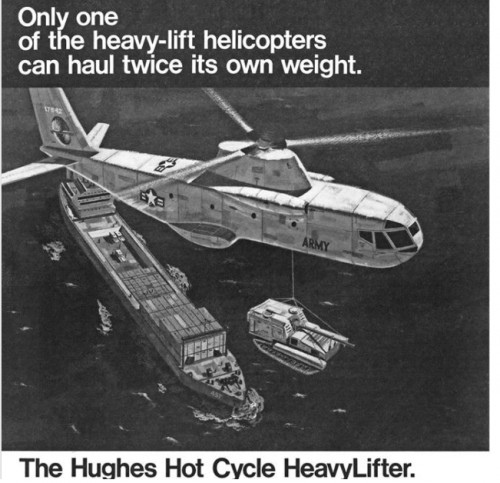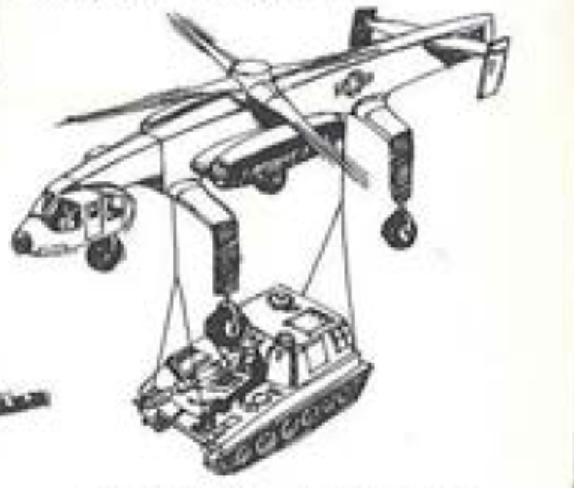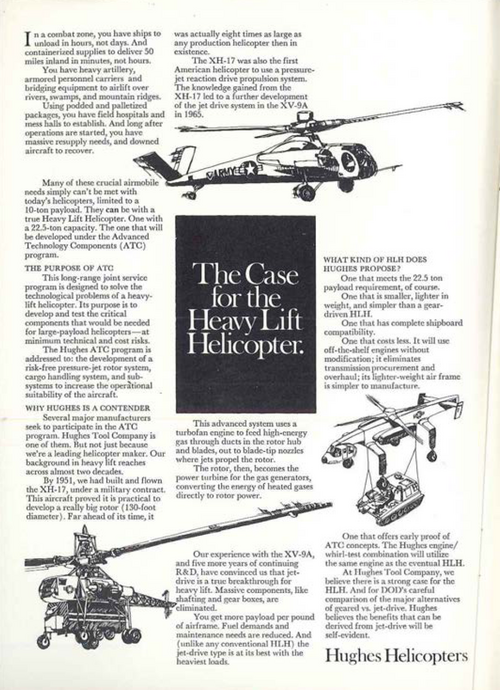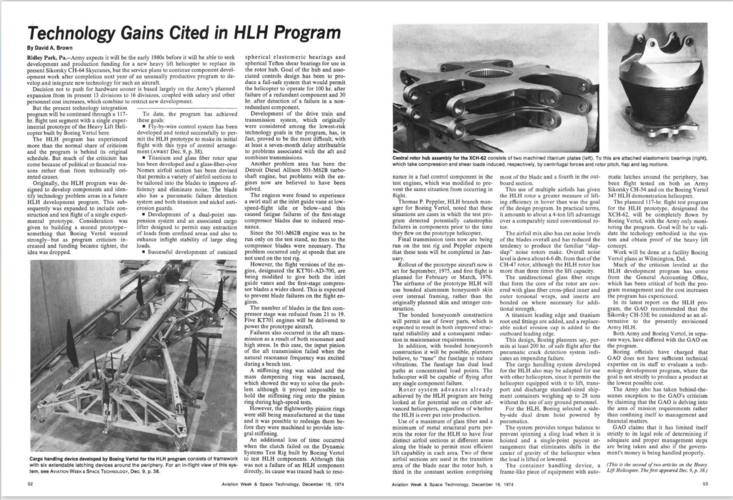- Joined
- 9 October 2009
- Messages
- 21,979
- Reaction score
- 13,647
Caravellarella said:Dear Triton here is a picture with a caption in French that I've found of a Lockheed HLH "project" using (I think) Lockheed's rigid-rotor. I couldn't find a topic on Lockheed HLH "projects" elsewhere, so I've put it here......
The picture comes from the 15th December 1966 issue of Aviation Magazine International......
Terry (Caravellarella)
Could carry 10 tonnes over 1600 klicks, or alternatively 150 passengers. Could also retrieve an Apollo type capsule (if I understood the caption correctly?).

